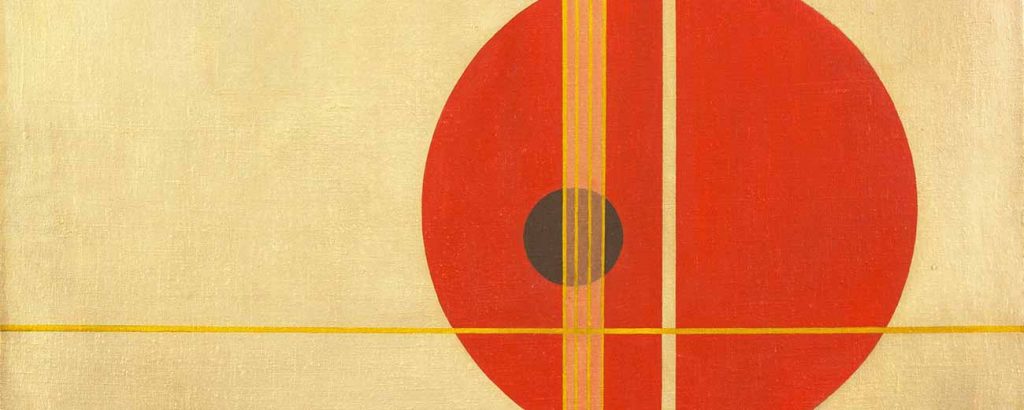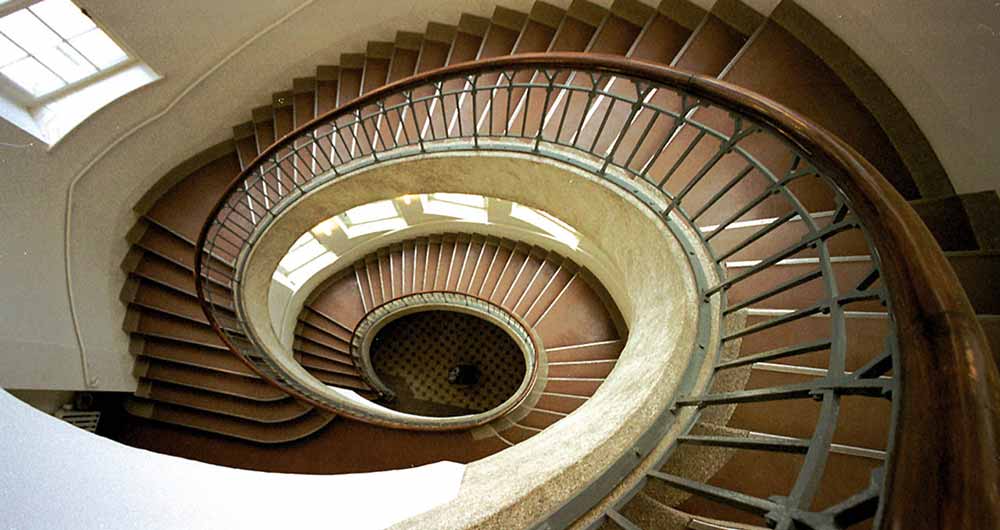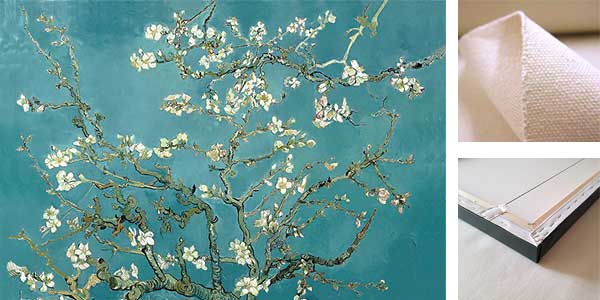
Bauhaus, the most famous modern school for art design and architecture in Germany, was built in 1919 in Weimar. The founder Walter Gropius pursues the dream to create a new “architecture”: art and craft should be united. He calls this art “Bauhaus”, like the name of his school “Bauhaus”. It is less about a concrete art style at Bauhaus, but more about the coming together of artists of different styles, who pursue a common goal.

As a model for the emerging workshops serve the medieval huts in which artists and craftsmen worked hand in hand. Gropius wants to revive this form of cooperation. At first, he succeeds in familiarizing well-known artists, especially painters, with his ideas and winning them over as a teacher for the Bauhaus. Gradually, the Bauhaus school will be extended by the subjects of architectural teaching and construction practice.
One artist and one artisan lead a workshop. A striking indication of the synthesis of arts and crafts is the structure of the Bauhaus schools. At the former state art school of Weimar there are no professors and students, but masters, young masters, journeymen and apprentices.
“Masters of Form” are called the artists appointed to Bauhaus and a master craftsman is their technical responsibility aside. Johannes Itten, Laszlo Moholy-Nagy, who also runs the metal workshop, and Josef Albers lead the pre-elementary and elementary courses.
Lyonel Feininger is in front of the printing house, Gerhard Marcks of the pottery, Georg Munch of the weaving and Wassily Kandinsky and Paul Klee of the wall or glass painting. Oskar Schlemmer takes the responsibility for the two sculptor classes (wood and stone) and for the Bauhaus stage. His predecessor Lothar Schreyer leaves the Bauhaus School after his “Expressionist practice” meets with no applause.

The basic idea of Bauhaus Movement
Two essential ideas shape and teach of Bauhaus Movement:
a. The difference between art and craft should be canceled or united.
b. Nice is what works. By opening the boundaries between craft, technology, art and industry, Bauhaus has overcome art for art’s sake.
Decisive for the Bauhaus design is the efficiency and usefulness of a product. Aesthetics and artistic expression should be determined exclusively by the function of the product.
The Bauhaus movement teaches “truth to materials” as a core tenet, which means that material should be used in its most appropriate and “honest” form, and its nature should not be changed. For example, supportive materials such as steel should be exposed and not hidden within the interior framework of a piece of furniture.
Ornamental playfulness, romantic impressions, as they are in fashion before 1900 and are expressed, are frowned upon for Bauhaus. Articles of daily use, houses and rooms that are decorated contrary to their purpose and function, so that they “disguise” their actual everyday purpose are found by the representatives of the Bauhaus as “lying”. For them, they are merely masquerade and pretense. Man should be surrounded in his apartment by everyday objects, honest art and harmony.
Expensive, sumptuous and poorly equipped apartments should be a thing of the past. The concept of rational and industrialized buildings is intended to eliminate this problem. This new type of housing, as well as industrially manufactured commodities are intended to provide “ordinary” people the opportunity to live in better quality of life.
